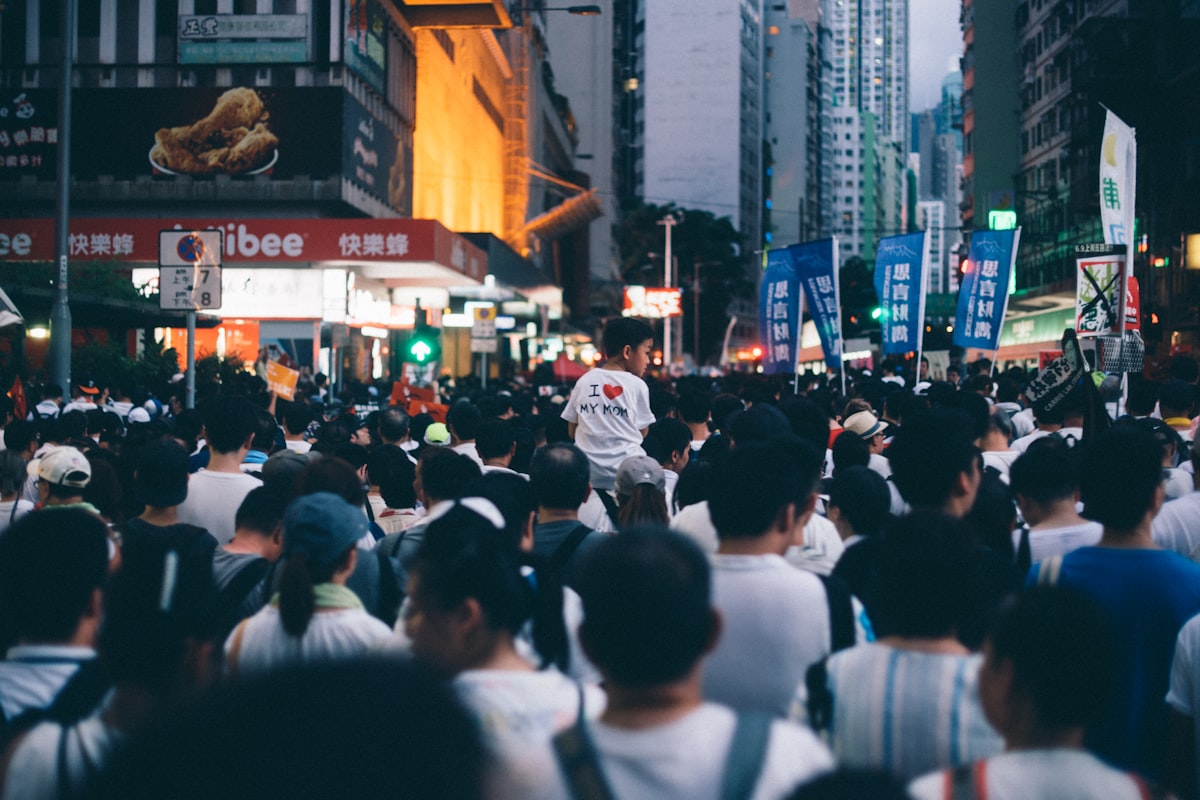(Author: PhD Dmytro Deineko, Doctoral Researcher in International Law)
On August 24, 2025, Ukrainians celebrated Independence Day with mixed emotions—pride in our nation’s resilience, but also grief for all that has been destroyed in three and a half years of Russia’s full-scale aggression. The cost of this war is measured not only in destroyed cities and displaced families but, most painfully, in the lives of our children.
Children have become the most vulnerable victims of aggression. Thousands have been forcibly moved to Russia and temporarily occupied territories of Ukraine, stripped of their language, their culture, and even their names. This article is about Ukraine’s fight for survival, but above all it is about our children—and the international efforts to bring them home.
The Price of War for Families
Ukraine, with its 603,000 square kilometers, is the largest country located entirely in Europe. Before February 2022, it was home to more than 41 million people. Today, millions live as refugees or are displaced within our borders. Nearly 100,000 civilian infrastructure sites have been damaged or destroyed, including thousands of schools and kindergartens.
But the greatest devastation cannot be measured in numbers alone. It is in the fear written on children’s faces as they hear sirens, in classrooms turned to rubble, and in childhoods stolen by exile and violence. Parents put their children to bed each night without knowing if they will wake to a peaceful morning—or to the ruins left by another missile strike.
Forcible Deportation of Ukrainian Children
The unlawful transfer of children is one of the darkest crimes of this war. Thousands of Ukrainian boys and girls have been taken from occupied territories, separated from their families, and placed into Russian households or institutions. Their citizenship is changed, their names are altered, and they are subjected to indoctrination meant to erase their Ukrainian identity.
On 5 August 2025, the International Coalition for the Return of Ukrainian Children—a partnership of 41 countries co-chaired by Ukraine and Canada—called on Russia to immediately and unconditionally return every deported child. Earlier this year, Ukraine submitted an initial list of 339 children, but the true number is far higher. Each child represents a stolen life, a stolen future.
The European Court of Human Rights, in its Grand Chamber ruling in Ukraine and the Netherlands v. Russia, confirmed Russia’s responsibility for these crimes and demanded urgent international mechanisms to identify deported children and reunite them with their families. Russia has refused to comply. But Ukraine and its partners will not stop pressing until every child is brought home.
Real life story
Illia, 11 years old, is a child who experienced a lot of pain in his short life.
When his hometown of Mariupol was mercilessly shelled by the russians, his mother died from the debris, and the boy received many shrapnel wounds. The occupiers took him to a hospital in Donetsk, where he suffered even more physical and emotional pain.
The operation to remove the fragment from his leg was performed without anesthesia. Adults mocked, saying that now the child should not say “Glory to Ukraine” but “Glory to Ukraine as part of russia” and forced him to write in russian. But, despite his young age, the boy bravely endured all these abuses. Thanks to a large team of governmental and non-governmental structures and organizations, in close cooperation with the boy’s grandmother Olena, Illia managed to be returned from deportation.
International Action and Ukrainian Resilience
The international community has begun to act. The Council of Europe, the European Union, and dozens of democratic states have united their voices, demanding accountability and supporting practical initiatives. Estonia, for example, has helped establish a human rights center in Zhytomyr to track and facilitate the return of children. Similar efforts are multiplying across Europe and beyond.
Meanwhile, Ukrainians continue to prove that life is stronger than war. Despite sleepless nights under bombardment, families still form and grow. Between January and June 2025, nearly 69,000 marriages were registered across the country. Even in the darkest days, love and hope persist—powerful proof that Ukraine cannot be broken.

Credit: Thierry Monasse/Getty Images
Conclusion
Russia’s war is not only about territory; it is an assault on the very future of Ukraine. By targeting children, Moscow is attempting to erase a nation’s identity. But Ukraine stands united with the world in declaring: this will not succeed.
Every child must be returned. Every family must be reunited. Every crime must be punished. Ukraine fights not only for its survival but for universal values of freedom, justice, and human dignity.
And as long as Ukrainian children are still waiting to come home, the world must not look away. Our message is clear and unwavering: Ukraine will never give up—and we will bring our children home.

